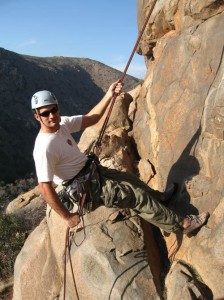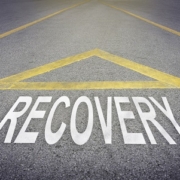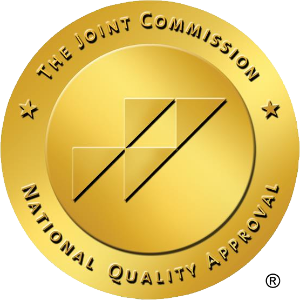Physical activity for addiction recovery is clearly very beneficial and is certainly not a new concept. While exercise is overwhelmingly beneficial for everyone, it becomes more about maintaining a reduced stress load than fitting into a pair of skinny-jeans for those in recovery.
Outside of the physical benefits, physical activity in addiction recovery is known to reduce cravings by actually changing the brain’s chemistry. Because of this, regular exercise can also play a role in the reduction of some more prevalent barriers to recovery and treatment, such as depression.
Exercise
The key is to find a physical activity that “works” for the addict. Not everybody enjoys running, but swimming, cycling and playing tennis are all great options for folks in recovery. Finding something that works and sticking to a schedule are important pieces of the puzzle. Some people enjoy more individual activities such as yoga and weight training while others prefer the company of others. Group activities, such as volleyball, basketball, group workouts (tai-chi, Zumba, etc.) and even group yoga are great ways to stay in shape and have the benefit of social interaction to stay motivated.
Whether you are seeking out a physical activity for your own addiction recovery or are researching for a loved one, know that the benefits go way beyond the physical. It can help provide structure to your days and keep you on task. Many people in early recovery find they have lots of additional time on their hands. Working out, in whatever form, can help fill some of this time and keep your mind focused on the task at hand.
Physical Activity
If the physical activity for addiction recovery is in its beginning stages, chances are the body is not going to be very happy with the process. Push through this discomfort. Chances are, the recovering addict has spent months and maybe years doing “less-than-healthy” things to the body. This new chapter will take a little time to get used to, but will end up paying off in the end.
Physical activity in addiction recovery does not need to be complicated. Nearly everyone getting started in some sort of exercise program can find an excuse not to go. Whether an old injury, just too out of shape, or any number of other reasons can be added to the list of excuses. Something as simple as a 30-minute walk each day is enough to reap the benefits of this concept. If your objectives are loftier, such as a running race or a mountain hike, you’ll want to increase the intensity of your chosen workouts in order to more quickly reach that goal.
Keep Moving
Outside of addiction recovery, physical activity has wide ranging benefits for the body. Research has shown, time and time again, that regular exercise improves cardiovascular health, reduces the risk of diabetes, stimulates the immune system and even lowers the risk of some types of cancer. Once you are on the path of exercising and doing healthier things for (and to) your body, you will feel better, sleep better and your overall health will continue to improve. Physical activity for addiction recovery is one of the many critical pieces on the road to success.







